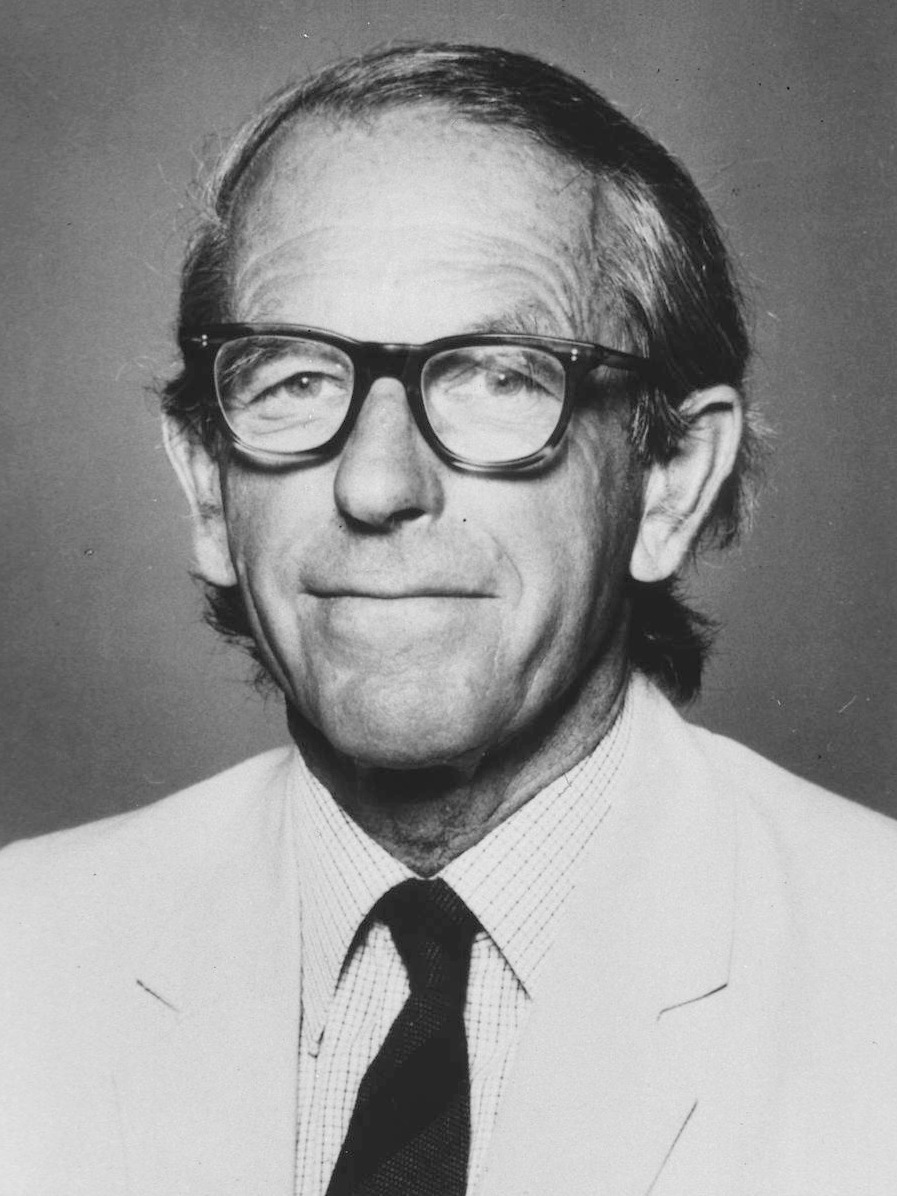iubmb.onlinelibrary.wiley.com/doi/full/10.1002/bmb.2002.494030030067 Surprises and revelations in biochemistry: 1950-2000 by Perry A. Frey (2006). This should be worth a read.
Ah, this seems like a nice dude.
The Eighth Day of Creation has two nice paragraphs about his work. He was shy and quiet, and didn't boast about his slow and steady progress, possibly because of this he only had a junior fellowship and at some point some people wanted to kick him out of the lab somewhere between 1948 - 1952, quoted at: sandwalk.blogspot.com/2013/11/fred-sanger-1918-2013.html
Fred Sanger 1918-2013 by Birgitta Olofsson (2013)
Source. This is a good video especially is you know Cambridge, to help situate Sanger's places a bit. Good Sanger quote at the end:This is where he started publishing the sequence of insulin. The paper gives the full B-chain sequence, which it tentatively calls the "Phenylalanyl Chain" because it starts with a Phenylalanyl.
The official link seems to be: portlandpress.com/biochemj/article/49/4/463/47212/The-amino-acid-sequence-in-the-phenylalanyl-chain It seems to explain the methods very well at first glance, with lots of schematics.
Power, Sex, Suicide by Nick Lane (2006) paints a colorful picture of the man!
Articles by others on the same topic
Biochemistry is the branch of science that explores the chemical processes and substances that occur within living organisms. It combines principles from both biology and chemistry to understand the molecular mechanisms of life. Biochemists study the structure, function, and interactions of biological molecules such as proteins, nucleic acids (DNA and RNA), carbohydrates, and lipids. Key areas of study within biochemistry include: 1. **Metabolism**: The biochemical pathways that convert nutrients into energy and the building blocks for cellular structures.

